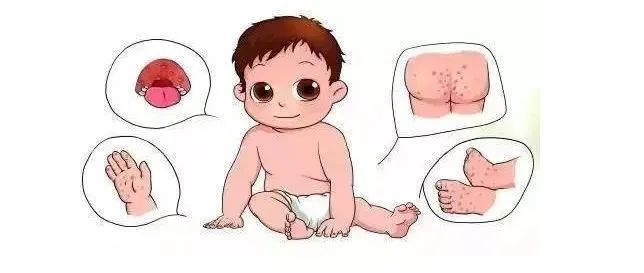When a baby reaches one month old, it is common for them to spit up milk with foamy bubbles, which is mainly related to their physiological structure and feeding methods. Infants have small stomach capacity and their position is close to horizontal. The lower esophageal sphincter (the entrance of the stomach) muscle is relatively relaxed, while the pyloric sphincter (the exit of the stomach) is relatively closed. This structure makes milk easy to reflux, causing spitting up milk, especially when the lower esophageal sphincter is not completely closed.
Improvement measures include: after feeding, it is not advisable to immediately lay the baby flat. It is recommended to first place the baby on the right side, observe no spitting up reaction, and then attempt to lay the baby flat. After each feeding, the baby should be held upright, gently patting the back to help burp and release air swallowed during feeding, reducing the chances of spitting up milk.
Additionally, if the baby swallows a large amount of air while feeding, it can cause milk overflow due to stomach gas expansion. When using a bottle, ensure that the nipple is filled with milk to prevent the baby from sucking in too much air. It is suggested to feed the baby in a sitting position by the mom, which can effectively reduce the possibility of the baby spitting up milk compared to lying down, as the baby’s tilted body helps the milk flow smoothly into the intestine.
Controlling the appropriate amount of feeding is also crucial, as overfeeding can increase the burden on the stomach. It is recommended to feed every three hours to avoid overfilling the stomach leading to spitting up milk. Also, maintain a quiet environment while feeding to prevent the baby from sucking while crying, which can also trigger spitting up milk.
During periods of frequent spitting up milk in infants, adjusting feeding strategies is vital. If the baby is continuously crying, temporarily reduce the feeding amount per time, increase the feeding frequency, focus on breastfeeding or formula feeding, pause solid foods until the vomiting situation improves. These detailed care methods help alleviate the baby’s spitting up milk issue and promote healthy growth.


